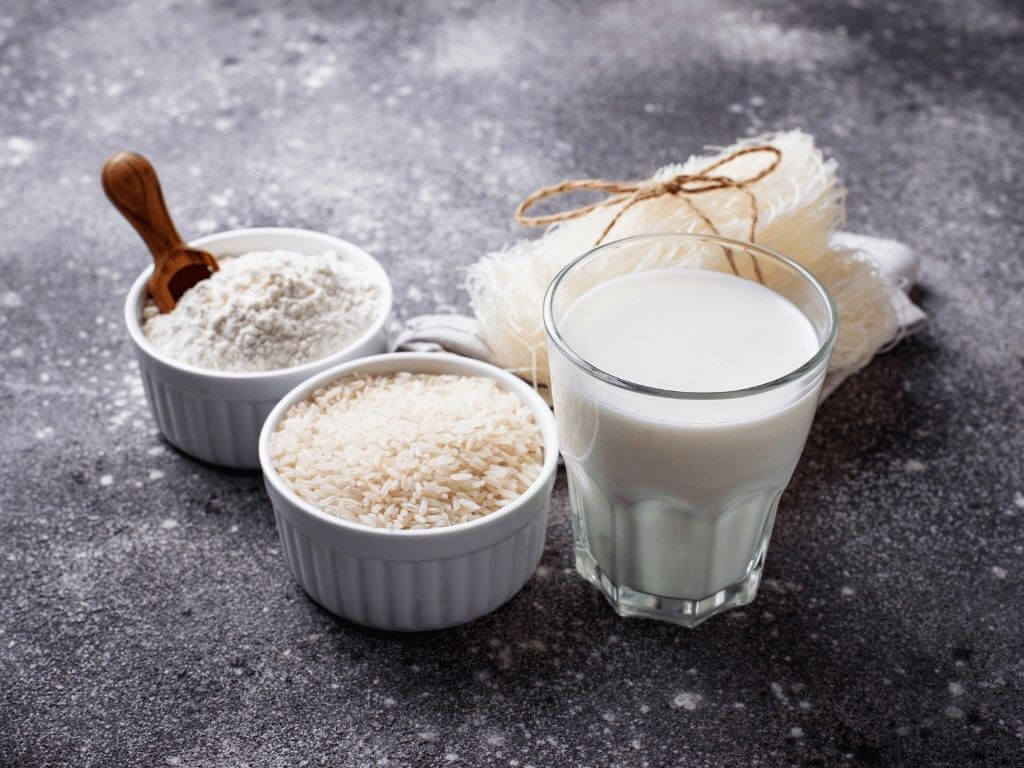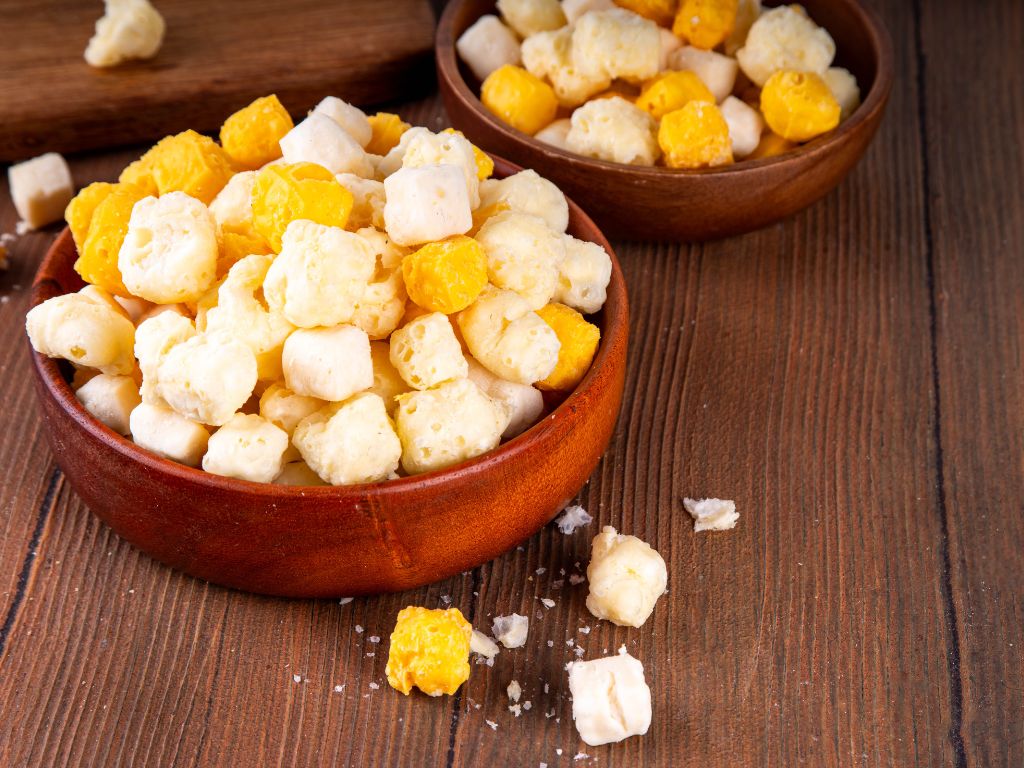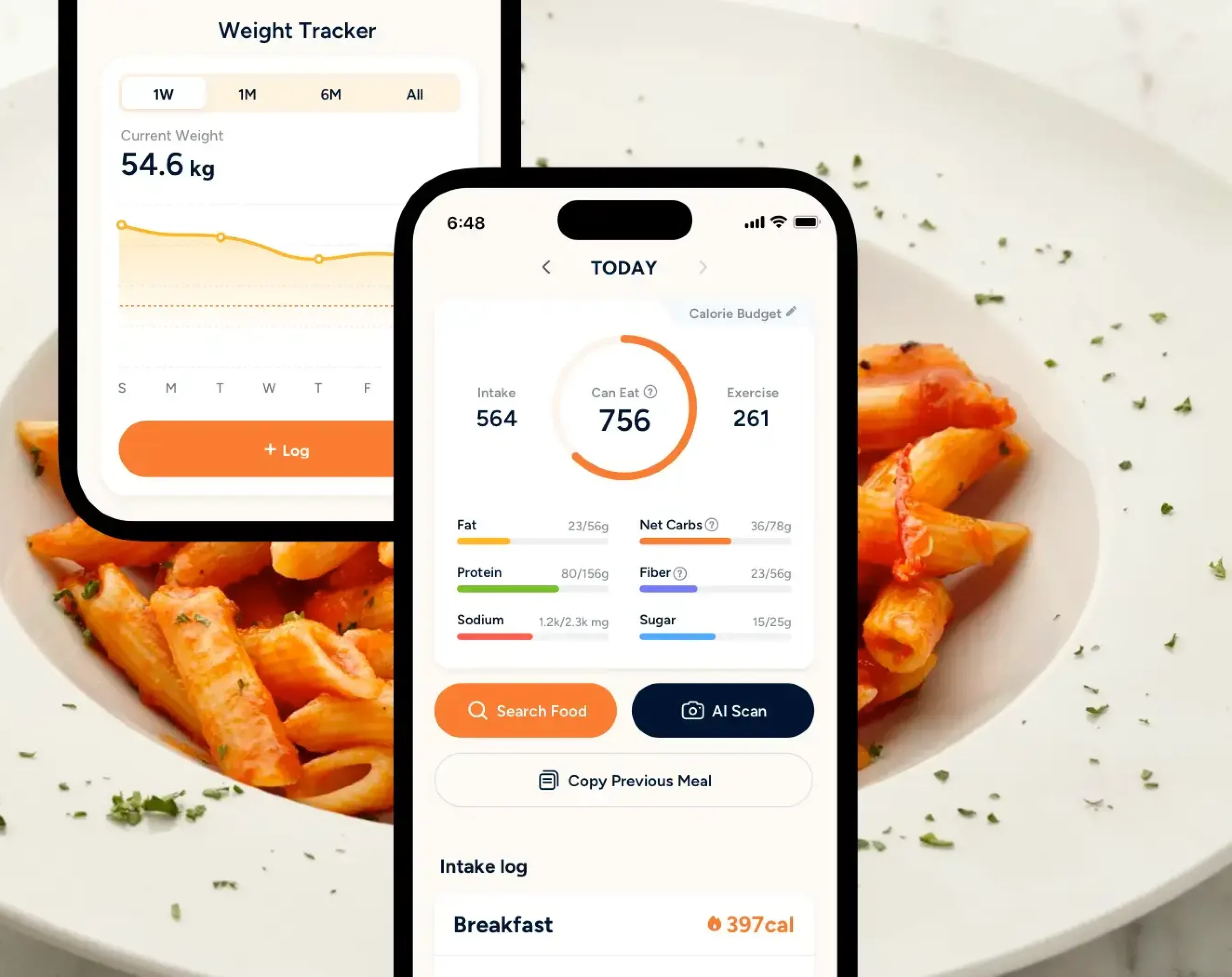If you’re on this page looking for a gluten-free meal plan, there’s a good chance that you either have celiac disease, gluten sensitivity, food allergies, or you could simply be looking to clean up your diet. We’ve put together a simple 7-day meal plan filled with clean eating and whole ingredients, designed to keep things easy to prep, nourishing, and affordable for you. Keep reading to find out what’s included in the plan.
Key Takeaways
- A gluten-free diet eliminates all foods containing gluten, a protein found in wheat and some other grains.
- People with celiac disease or gluten sensitivity must strictly follow a gluten-free diet to prevent digestive issues and inflammation.
- Safe foods include fruits, vegetables, lean meats, fish, dairy, legumes, nuts, seeds, and gluten-free grains like quinoa, rice, millet, and certified gluten-free oats.
- Focus on whole, naturally gluten-free foods, create a weekly meal schedule, read labels for hidden gluten, and prep meals in batches to save time and stay consistent with the diet.
What is a Gluten Free Diet?
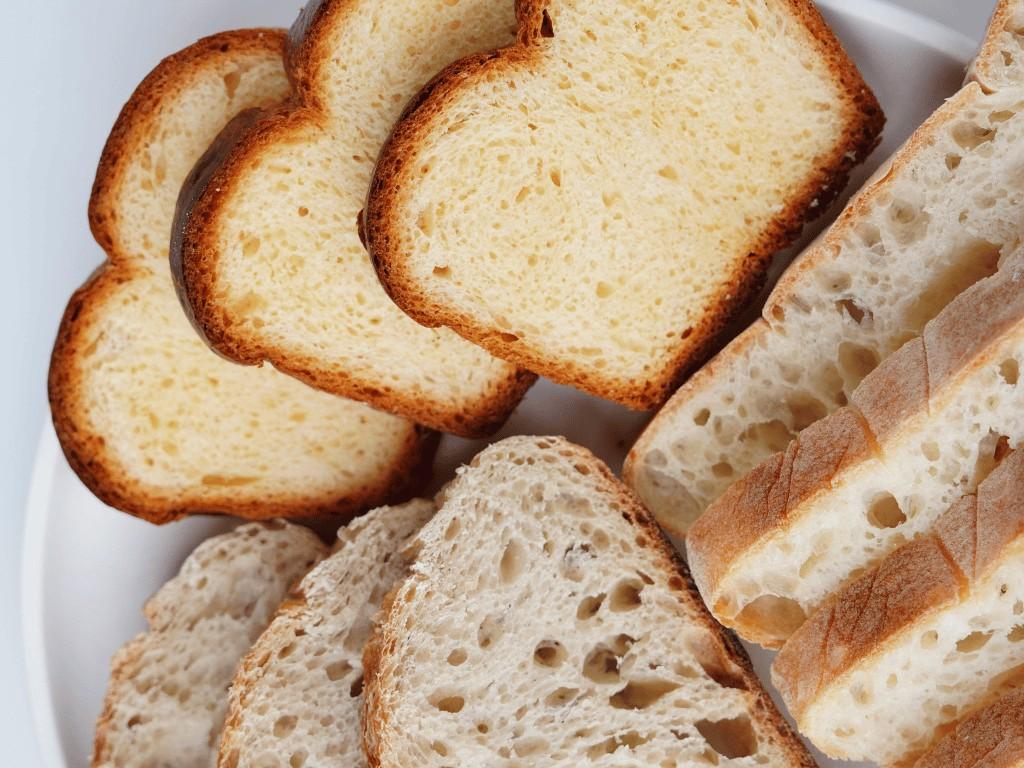
A gluten free diet is an approach where you omit any foods that contain gluten from your diet. When you go on a gluten-free diet, it means that you are consuming whole foods or processed foods without it [1].
Gluten is a type of protein that can be found in wheat and several other grains. Gluten is often added to foods for texture, flavoring, or to act as a food binder. Your typical foods, like pizza, cereal, or pasta, would contain gluten unless otherwise stated.
Who is This Diet For?
Up to 27% of American adults opt to consume gluten-free foods as part of their weight loss journey [2]. Some celebrities are also known to adopt this diet as part of a healthier lifestyle [3]. However, this diet is more than just a means of healthy living or weight loss.
It is a necessary diet approach for individuals with celiac disease or gluten sensitivity [4]. Celiac disease is an autoimmune condition that causes inflammation and damage to the small intestines and other parts of the body when gluten is consumed. It is estimated that less than 1% of the population is diagnosed with this condition, and the only way to manage celiac disease is by maintaining a strict gluten-free diet.
There is also a group of people who classify themselves as having a gluten intolerance or being “gluten sensitive”. These are individuals who may have tested negative for celiac disease but experience symptoms of bloating, stomach pain, cramps, or diarrhea when eating foods that contain gluten. Such gluten sensitivity can be attributed to wheat allergy, which is tested by doing a skin prick test.
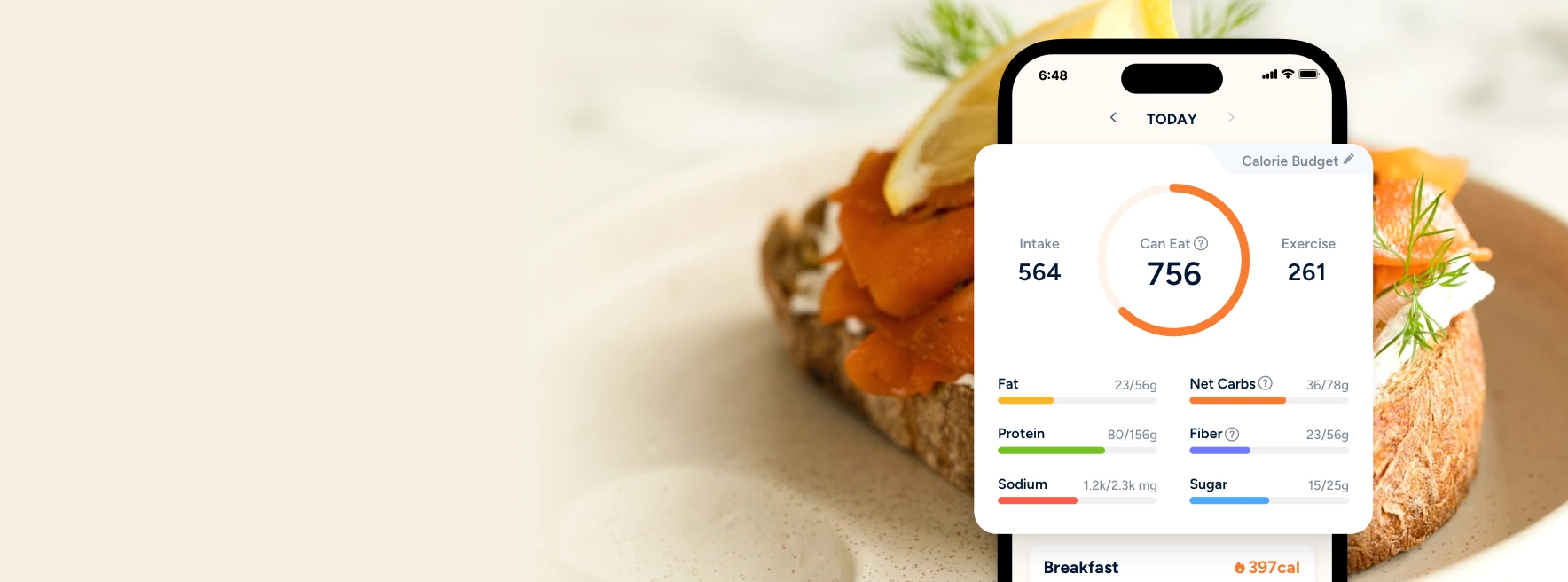
Smarter Nutrition Tracking
Track calories and over 100 other nutrients all in one place.
Download Eato For FreeWhat Can You Eat When You Are on a Gluten-Free Diet?
According to the Celiac Disease Foundation, some naturally gluten-free food groups to include in your diet are [5]:
- Fruits and vegetables
- Meat and poultry
- Fish and seafood
- Beans and legumes
- Dairy products
- Nuts and seeds
Here’s also a list of some foods that are known to be naturally gluten-free:
- Amaranth
- Arrowroot
- Beans
- Buckwheat groats (also known as kasha)
- Cassava
- Chia
- Corn
- Flax
- Gluten-free oats (ensure that it is specifically stated gluten-free)
- Millet
- Nut flours
- Potato
- Quinoa
- Rice
- Sorghum
- Soy
- Tapioca
- Teff
- Yucca
It’s important to note that these foods can also lose their ‘gluten-free’ status if there is cross-contamination with gluten-containing foods. Even though you know that a food is gluten-free, you should still read what’s written on the nutrition label and ensure that there are no allergens stated on the ingredient listing.
Creating a Gluten-Free Diet Meal Plan
Creating your own gluten-free diet meal plan can feel overwhelming when it’s your first time. However, it doesn’t have to be a complicated process at all. Here’s a simple guide that outlines what you need to know and what to do when trying to stay gluten-free.
1. Start by identifying and focusing on naturally gluten-free foods
The simplest way to begin your gluten-free diet journey is to find out what foods contain gluten and what foods don’t. Try to focus on whole, unprocessed foods.
For example, fruit and vegetables, lean protein (e.g., chicken, fish, tofu), whole grains (e.g., quinoa, rice, millet), and healthy fats (e.g., avocado, olive oil, and nuts) are considered gluten-free.
You can start off by incorporating these foods into your breakfast, lunch, or dinner, and slowly find a way to incorporate other gluten-free foods that fit your lifestyle and goals.
2. Create a weekly meal schedule

It would be ideal for you to create a weekly meal schedule to follow every week so you don’t have to spend time thinking about what to eat the next day. This will also reduce the urge to reach out for a convenient, gluten-containing snack or option.
3. Read food labels carefully
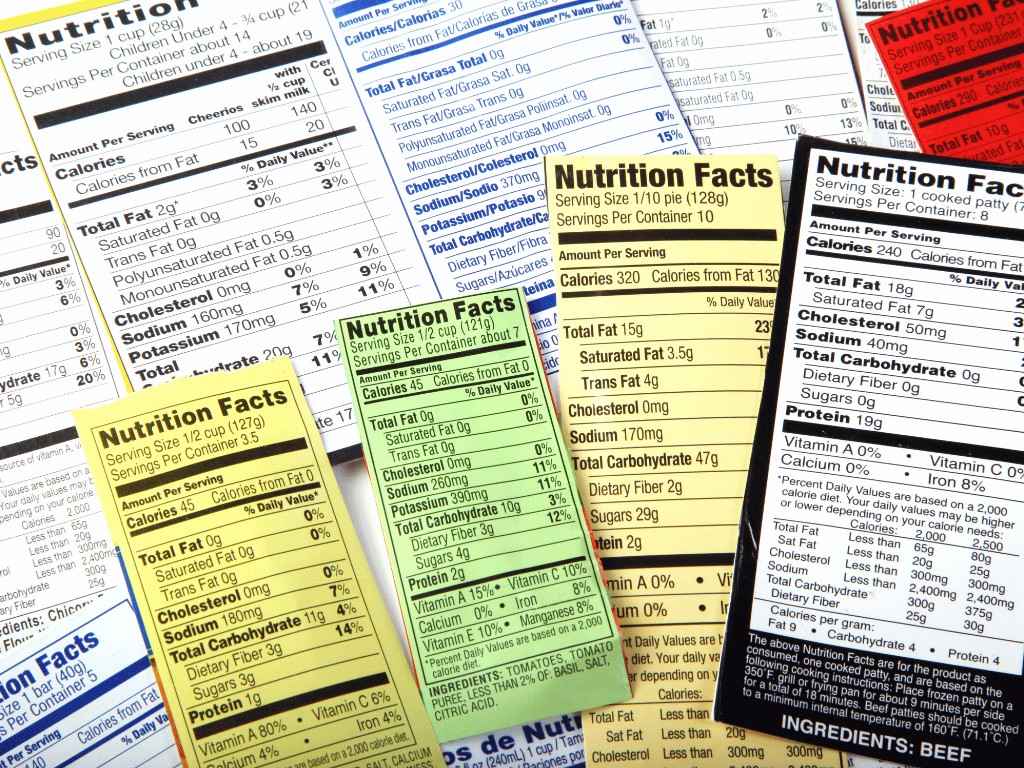
When you are intending to buy a food item off the shelf, always check if there’s a label that states that the product is “certified gluten-free”. Some foods may contain hidden gluten due to cross-contamination during the manufacturing process.
Knowing how to read food labels is not just one of the most effective ways in preventing accidental gluten consumption, but it is also beneficial in understanding your overall nutrition intake.
4. Prepare your food in batches
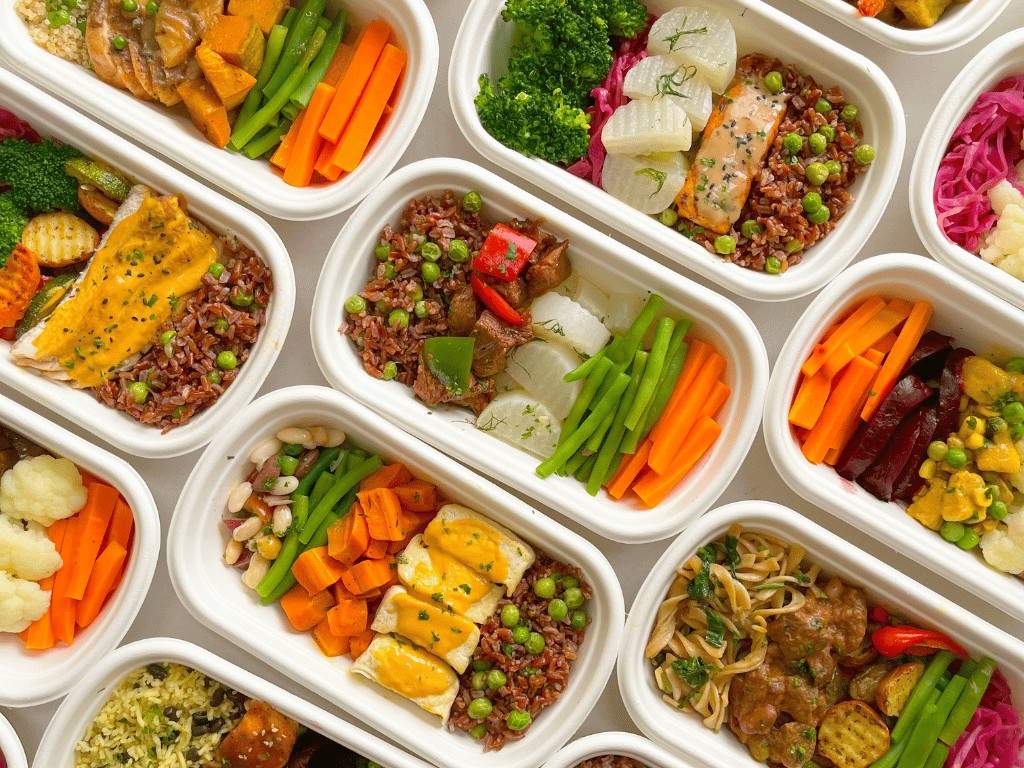
Meal prepping in advance could be useful in helping you save time and ensure that you stick to your diet plan.
To meal prep, you can try cooking any grains and proteins that you’ve purchased in bulk, and storing them in air-tight containers before placing it in the fridge. You can also do the same for your vegetables.
Consider making freezer-friendly meals if you want meals that can be kept for a longer period of time.
If you aren’t sure of what to make for each meal, there are a bunch of great resources for you to check out under the Meal Plan section of our blogs or you can head over to the Eato app for an auto-customized meal plan based on your dietary restrictions or requirements.

Smarter Nutrition Tracking
Track calories and over 100 other nutrients all in one place.
Download Eato For Free7-Day Gluten-Free Meal Plan Example
Here’s an example of a simple, balanced, and beginner-friendly 7-day gluten-free meal plan. It includes wholesome, naturally gluten-free foods that are easy to prep and delicious to eat. Feel free to mix and match based on your preferences.
Day 1
- Breakfast: Greek yogurt with berries and chia seeds
- Lunch: Quinoa salad with grilled chicken, cucumber, and olive oil
- Dinner: Baked salmon, sweet potato mash, and steamed broccoli
- Snack: Apple slices with almond butter
Day 2
- Breakfast: Smoothie with banana, spinach, protein powder, and almond milk
- Lunch: Gluten-free turkey wrap with lettuce and hummus
- Dinner: Stir-fried tofu with vegetables and rice
- Snack: Rice cakes with avocado
Day 3
- Breakfast: Scrambled eggs with spinach and gluten-free toast
- Lunch: Lentil soup and side salad
- Dinner: Grilled shrimp, quinoa, and roasted zucchini
- Snack: Handful of mixed nuts
Day 4
- Breakfast: Overnight oats (with certified GF oats) and banana slices
- Lunch: Chicken and veggie bowl with brown rice
- Dinner: Beef stir-fry with bell peppers and tamari sauce
- Snack: Carrot sticks with hummus
Day 5
- Breakfast: Cottage cheese with pineapple
- Lunch: Gluten-free pasta salad with tuna and olives
- Dinner: Grilled chicken, mashed cauliflower, and green beans
- Snack: Hard-boiled eggs
Day 6
- Breakfast: Protein pancakes (gluten-free mix) with maple syrup and strawberries
- Lunch: Chickpea and avocado salad
- Dinner: Stuffed bell peppers with quinoa and ground turkey
- Snack: Yogurt with sunflower seeds
Day 7
- Breakfast: Smoothie bowl with gluten-free granola
- Lunch: Zucchini noodles with pesto and grilled chicken
- Dinner: Baked cod with wild rice and sautéed spinach
- Snack: Gluten-free energy bar or fruit
Gluten Free Grocery List
Here’s also a grocery list overview of all the groceries that you will need for this 7-day meal plan:
Grains & carbs
- Quinoa
- Brown rice
- Certified gluten-free oats
- Gluten-free pasta
- Gluten-free wraps or bread
- Sweet potatoes
- Wild rice
- Gluten-free granola
- Rice cakes
Proteins
- Eggs
- Chicken breast
- Salmon
- Shrimp
- Ground turkey or beef
- Greek yogurt
- Cottage cheese
- Canned tuna
- Tofu
- Protein powder (gluten-free)
Fruits & vegetables
- Spinach
- Broccoli
- Zucchini
- Bell peppers
- Carrots
- Avocados
- Bananas
- Apples
- Berries (strawberries, blueberries)
- Pineapple
- Cucumbers
Condiments and toppings
- Chia seeds
- Olive oil
- Tamari (gluten-free soy sauce)
- Hummus
- Nut butter (almond or peanut)
- Mixed nuts or seeds
- Maple syrup
- Pesto sauce (check for gluten-free)
Gluten free snacks
- Gluten-free energy bars
- Gluten-free snack crackers
- Sunflower seeds
The Final Takeaway: Switching to a Gluten-Free Diet
Switching to a gluten-free diet may be difficult to adjust to in the beginning, but it doesn’t have to be overly complicated or restrictive. You can follow the general guidelines and still stick to whole foods and gluten free snacks that you will likely enjoy. If you’re tracking your meals or simply aiming to eat healthier, the Eato app helps you do it efficiently and effortlessly. Try it now for free now!

Smarter Nutrition Tracking
Track calories and over 100 other nutrients all in one place.
Download Eato For Free

